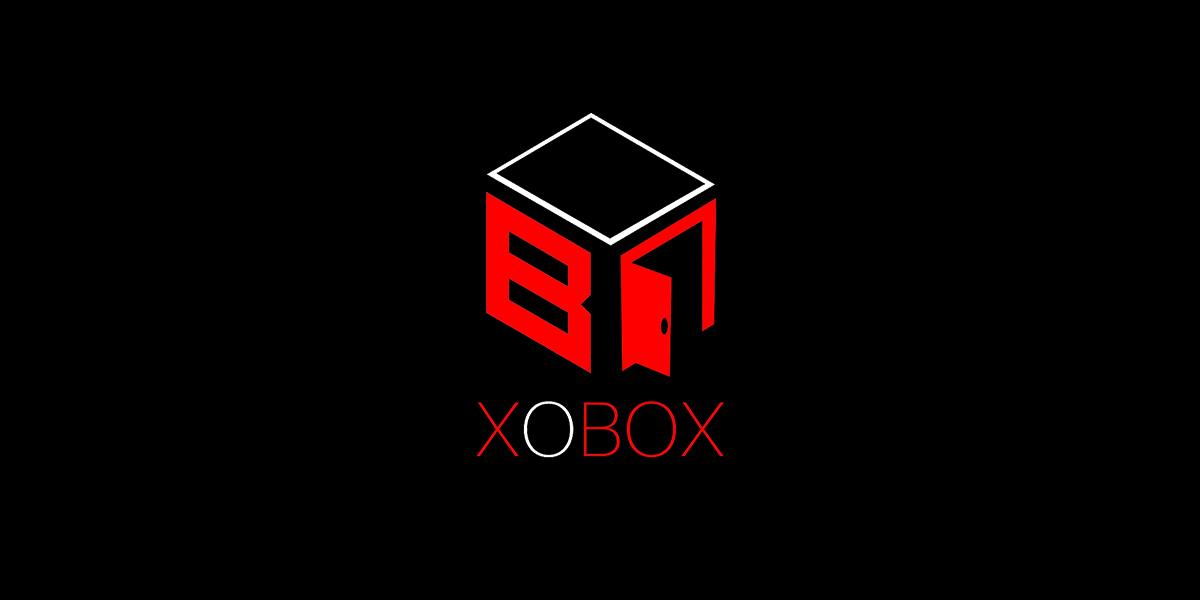Soon after the Telecom Regulatory Authority of India (TRAI) recommendation to allow in-flight connectivity (IFC) in Airlines, Chicago-based in-flight internet company Gogo has announced its plan to enter the Indian market.
A $700-million US-based in-flight connectivity provider will open an engineering and software development centre in Chennai. It will be Gogo’s biggest technology centre outside its headquarters in Chicago, which will come up at DLF IT Park, and will be operational by April with around 30 employees. By year-end, it plans to employ around 100 people.
Last week, TRAI issued a recommendations to allow both telephony and Internet services on domestic flights. If the service starts then both the domestic and international carrier passengers would be able to make calls and web surfing after an aircraft fly above the minimum height of 3000 meters.
The internet services will be allowed through Wi-Fi onboard. For calling services, the airplane/flight mode on the phone will have to be kept off.
In-flight connectivity (IFC) service and Gogo’s contribution
There are mainly two kinds of IFC services — Internet services generally through Wi-Fi onboard and mobile communication services.
At present, IFC services are not permitted over Indian airspace. Many Indian carriers have reportedly shown a keen interest in IFC and advanced flight safety services. Since 2007, in-flight communication services have been introduced by airlines in Africa, Asia, Australia, Europe, West Asia and South America, the TRAI report said.
The IFC service provider would be permitted to use either INSAT systems or foreign satellites outside INSAT systems in the Indian airspace.
At present, Gogo has 19 commercial airline partners. Delta Airlines, Cathay Pacific, Virgin Australia and Japan Airlines use Gogo’s services. Now it is eyeing Indian market with major investment plans.
Globally, the number of connected commercial aircraft is expected to grow from 5,300 in 2015 to 23,100 in 2025. About 5,000 aircraft will offer both Wi-Fi and cellular options.
This article was first published in Business Standard.














